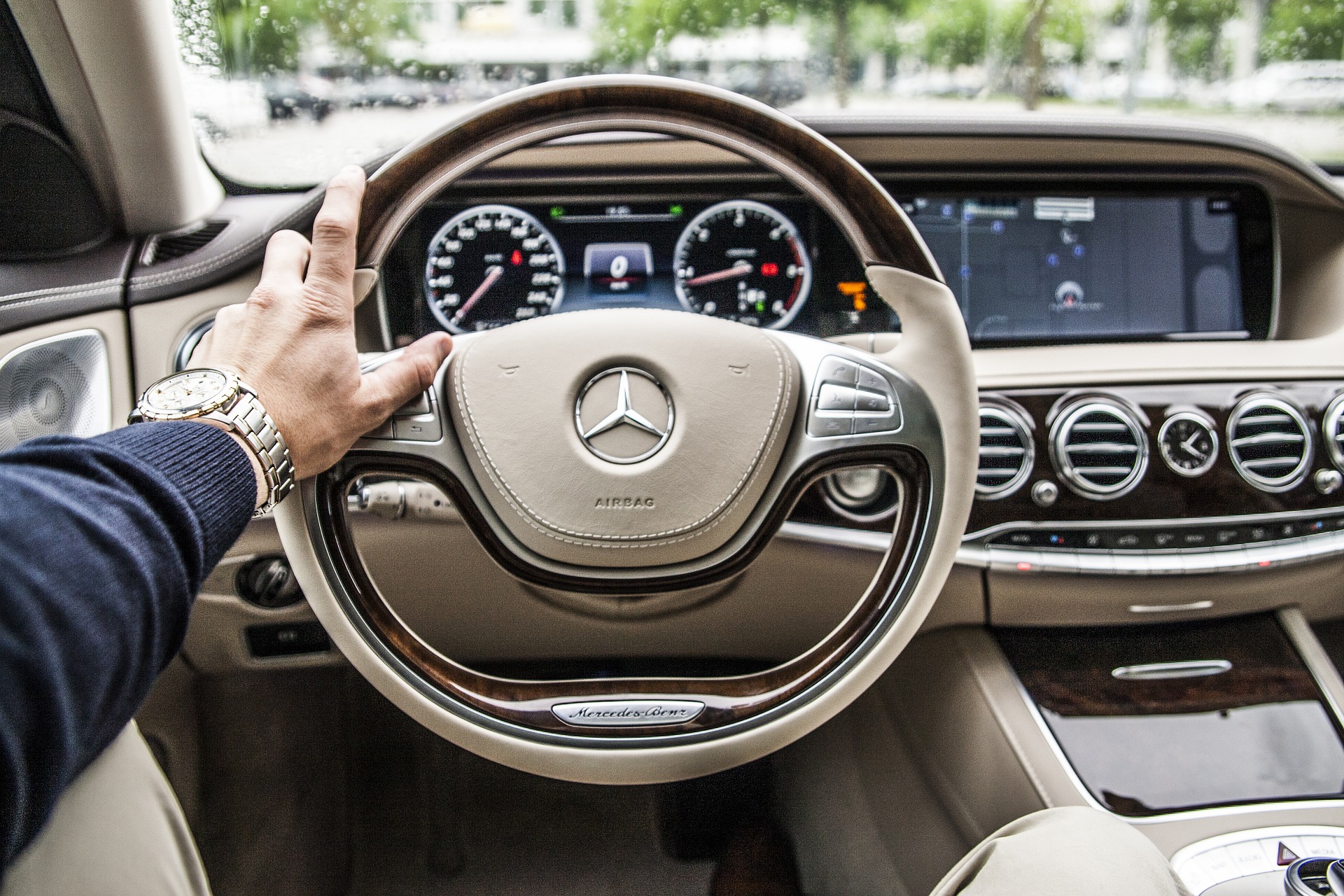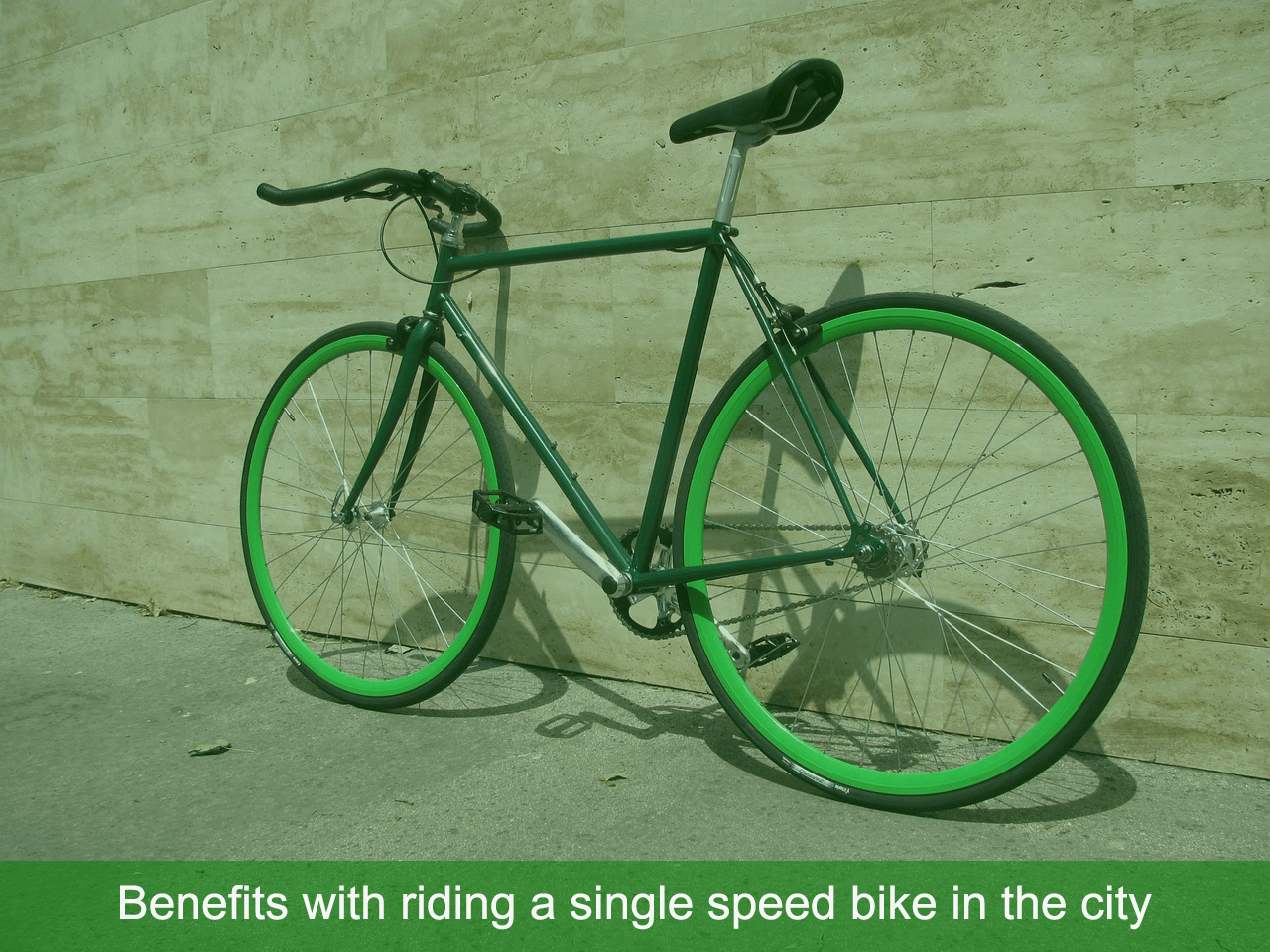A car is a great piece of structural engineering. It’s made up of a hundred bolts and pieces that come together for your driving pleasure. It’s no wonder that car enthusiasts and owners have an affinity toward the cars that they own. To keep the cars in top shape, an auto-detailing appointment should always be done on a regular basis or at least once a year.
Contrary to popular belief, auto detailing is much more than cleaning the car. Cleaning or car washing focuses more on the car’s exterior and cursory vacuuming of the interior. Detailing goes beyond that.
Though their goal is practically the same—to get rid of unnecessary dirt, debris, and grease in your car—auto detailing involves going through every inch of the vehicle’s body. It aims not just to clean the car but to restore it to its original form. Five benefits of auto detailing are outlined below.
The Car Will Be Assessed:
When you bring in your car for an auto-detailing session, your technician will be assessing every inch of your vehicle so that he can recommend the best way to clean and keep your car in tip-top shape. So be prepared to hear a thorough assessment of your vehicle’s condition, from the exterior to the internal hardware, and the recommendations that come with it, like what needs to be repaired, cleaned, or replaced.
Depending on how the examination goes, your technician may suggest rust proofing, dent repair, or even wood grain and interior paneling. A good thing about having your car detailed is that the experience is completely customized to your needs. What may be needed by another car may not work for yours.
Improved Fuel Economy:
You get better gas mileage with an efficient car, meaning more miles with less fuel. Auto detailing helps your car’s efficiency by keeping its internal mechanisms spotless and running smoothly.
The engine is the star of the show here. When it is thoroughly cleaned and scrubbed of dirt and gunk, it will perform in peak condition. You will notice that your visits to the gas station will be less frequent in the first few months after your auto-detailing appointment. You get value for your money, and you get to save more.
Plus less power is required for your car to operate if it’s immaculately clean on the outside as this offers less wind resistance. That’s the law of aerodynamics from your high school physics class, if you conveniently forgot.
Preserve the Car’s Beauty:
Having a new car means that you get to drive a vehicle with a shiny exterior. Fresh off the factory, the car will have a clear coat on top of its painted surface. This protects your vehicle from rust and scratching.
However, the clear coat slowly fades over time because of exposure to the elements. Heat, moisture, dirt, dust, and debris will chip away this protective coat. You will soon notice that your car’s surface isn’t as vivid or as shiny as it was before.
Regular auto detailing will help preserve the way your vehicle looks. In detailing, the exterior will be coated with a generous layer of wax, which will not only restore your car’s shine but also protect the paint from further fading or peeling off.
Better Driving Experience:
You have to be comfortable when you’re behind the wheel because your safety and that of your passengers rests on your hands. Surely, when you have a clean car both outside and in, you’ll have no trouble concentrating on the road. A car that has just been auto-detailed is guaranteed fresh and performance ready.
The seats and dashboards are free from any dirt and dust that may have built up over time. This careful assessment, along with additional cleaning measures such as buying floor-mat liners, will make your car spotless, rid of any unnecessary smell or junk that will distract you from the task at hand.
Because the car is in its best shape, you’ll have a more enjoyable driving experience. The engine is more fuel-efficient, and the internal hardware is thoroughly checked and maintained.
High Resale Value:
You’ve put a great deal of time and energy into earning the money for your car, so you should go the extra mile to protect it. Apart from their utility, cars are also investment opportunities. But unlike land or real estate, the value of a car depreciates over time, more so if it is not properly maintained.
In the future, you are probably thinking of selling or trading in your car for a new model. To retain most of your car’s value, you have to auto detail your car regularly. Making sure that every nut and bolt is secured into place and that the car has no glaring issues guarantees that you get a competitive price when you sell it in the market. This makes auto detailing important to any car owner.
Read Also:






















